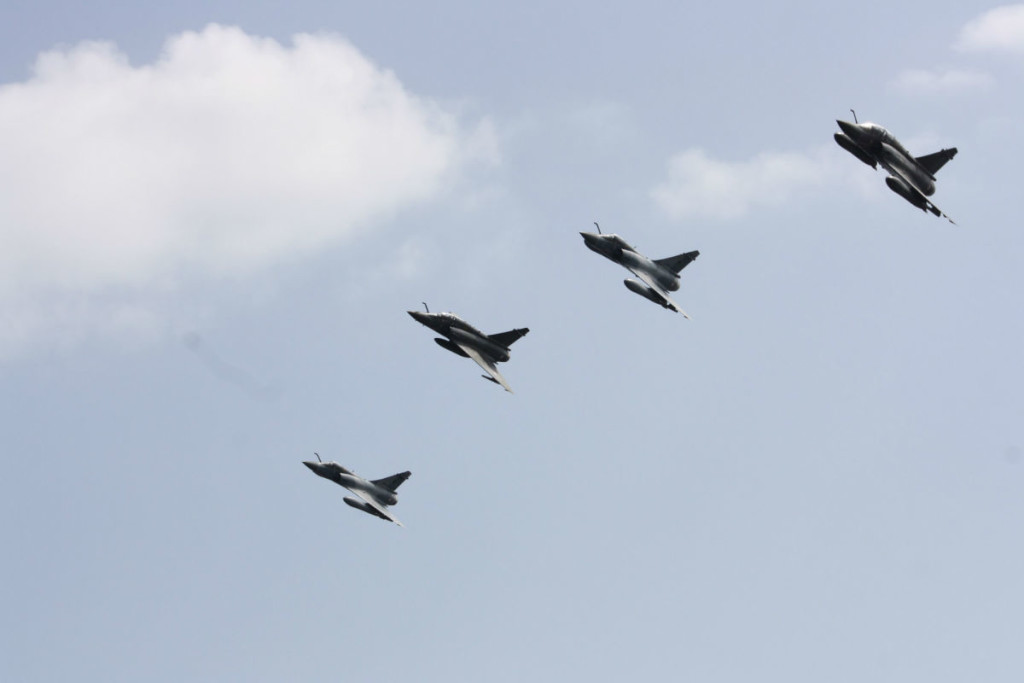A New and Necessary Acronym for NATO

NATO recently announced it will create six new command and control entities or units – NATO Force Integration Units (NFIUs) – on the territory of several Eastern allies — Estonia, Latvia, Lithuania, Poland, Romania, and Bulgaria.
Why are these new units necessary for NATO? My sense of the NFIUs is that they are necessary for two reasons. First, they will allow for efficient and effective coordination between national forces and NATO’s Very High Readiness Joint Task Force, which will conduct numerous exercises and other training events across many of the Eastern allies. That type of and level of activity requires detailed planning and coordination, and this is probably best handled by a NATO cell dedicated to this purpose and resident in the relevant countries.
Second, the NFIUs will help to increase integration of national forces in the relevant countries with the forces of other NATO (mostly western) allies. One of the greatest challenges facing the alliance post-2014 is how to maintain the operational and tactical interoperability built up over the course of the many years in Afghanistan, while simultaneously renewing the alliance’s ability to conduct a whole range of military operations (not simply counterterrorism or counterinsurgency). Hence, I believe the NFIUs should help to facilitate increased interoperability.
[widgets_on_pages id=2]
Do the NFIUs help to further assure Eastern allies? To some degree they may, insofar as they signal that the rest of the alliance understands and appreciates the nervousness of the Eastern allies over Russia’s invasion of Ukraine and its most recent escalation. However, in practical terms, they will likely add only a limited amount of additional deterrent capability — planners, liaisons, and coordinators are necessary for any multinational military operation, but they are not sufficient in and of themselves to deter.
Will the NFIUs worsen the security situation with regard to Russia? In other words, are they escalatory? In my view, they clearly are not — again, we’re talking about only 50 personnel in each of the six countries mentioned so far, and they will be personnel without significant military equipment or maneuver warfare capabilities. However, the Russian government and its many allies in the Russian press have proven willing and able to spin any defensive moves by NATO as catastrophic, escalatory, destabilizing, intimidating, and so forth — I have full confidence in the Russian government/press’s ability and willingness to do this once again. Indeed I would be shocked if there were NOT some sort of Russian media and social media campaign organized to demonize whatever emerges from next week’s NATO Defence Ministerial.
Why just the six countries mentioned, and not Slovakia and/or Hungary, which also border Ukraine? I’s not at all surprising to me that the NFIUs will be located in the Baltic states, Poland, Romania, and Bulgaria. These are what we might think of as the states most affected — in terms of both perception and reality — by Russia’s invasion of Ukraine and its annexation of Crimea. Obviously Slovakia and Hungary border Ukraine as well, but the politicians in these states evidently do not perceive an enhanced sense of security threat. For Poland and the Baltics, they perceive an almost existential threat from Russia. For Romania and Bulgaria, their concerns appear to center on the great potential for increased Russian presence and influence in the Black Sea.
Dr. John R. Deni is a Research Professor of Security Studies at the Army War College’s Strategic Studies Institute. He is the founding editor of and a frequent contributor to the SSI Live podcast series, and you can follow him at @JohnRDeni.

